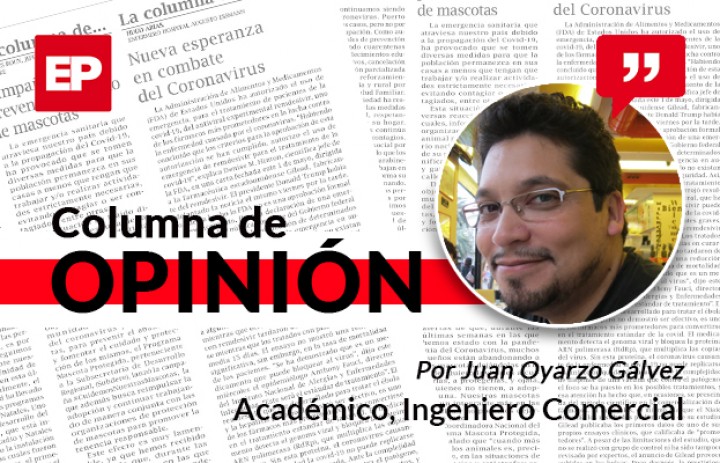Often, researchers are faced with answers like these when seeking funding for their work: “there is no money”, “budget items do not consider this type of expense” and even “we have other priorities”. The truth is that this is a scenario that some academics have to live with on a daily basis and even with authorities who believe cement is a solution – I mean by investing in research facilities – not in direct resources for fieldwork. It is clear that this aspect does not solve the problem, and people are investigated; By people who need direct financing to achieve their business goals. The strategies implemented by some countries differ on these issues. Let’s analyze two countries that know something about research and development (R&D). These two countries are China and New Zealand, both above Chile, with 2.1% and 1.5% of R&D spending on GDP, respectively – where GDP is the indicator that allows us to measure the growth of our economy -. For China, the speed of research is key and that is why it contracts to carry out studies outside its borders. This becomes very interesting, because it allows the use of knowledge that arises at the global level that leads to the goal of innovation and science in a modern way. On the other hand, we have New Zealand, whose strategy is very different from that of China, where research is conducted within its borders, which in turn generates its own capabilities and builds local innovation ecosystems that will allow in the future to generate them. Special skills and abilities. Deciding on one strategy or the other depends on the needs of each country. In our country there is neither this nor that. Our country has a poor performance in matters of research and development. In fact, it amounts to 0.35% of GDP. This is one-sixth of the average of what developed countries spend and, more alarmingly, barely one-tenth of the countries highlighted in these guidelines such as Israel and Korea. We are even lower than Argentina, Brazil, Egypt and South Africa, countries that we have far surpassed in terms of attracting capital and investment. This leads us to think, given that it is clearly not the lack of resources in Chile for R&D but rather the view of many past and present authorities that see R&D as an expense rather than an investment. In an interview, former President Bachelet said, “Things could be worse” and the truth is yes…things could be worse looking for research funding. If one studies the composition of expenditure on research and development, then it is mostly financed by the state and implemented by universities, the main line being associated with preparing papers and participating in conferences and seminars. This fact shows that there is no strategy in research and development; The authorities don’t know what to do about it and the convenience is to administer some money from the general budget to leave some academics alone; Even on a local level – I’m talking about Magallanes – we hear the concern of the authorities, however, none of them took a pen and took regular lessons at the university – if you listen carefully. Worse, they do not allow themselves to be instructed on these matters either, and at most they allow us to attend a meeting on some regional development strategies which, as we well know, are good public policy, but are governed by the desires of those in high positions.. in the region. In this environment, it is very difficult for our country to achieve development through innovation, and the numbers are increasingly showing a productive stagnation in our country. A bleak environment, but it leaves us with a reflection: science does not emerge from cement!
penguin media This provides a space for the audience to personally express opinions and comments, appeal to respect among users and completely separate themselves from the content of outgoing comments.





